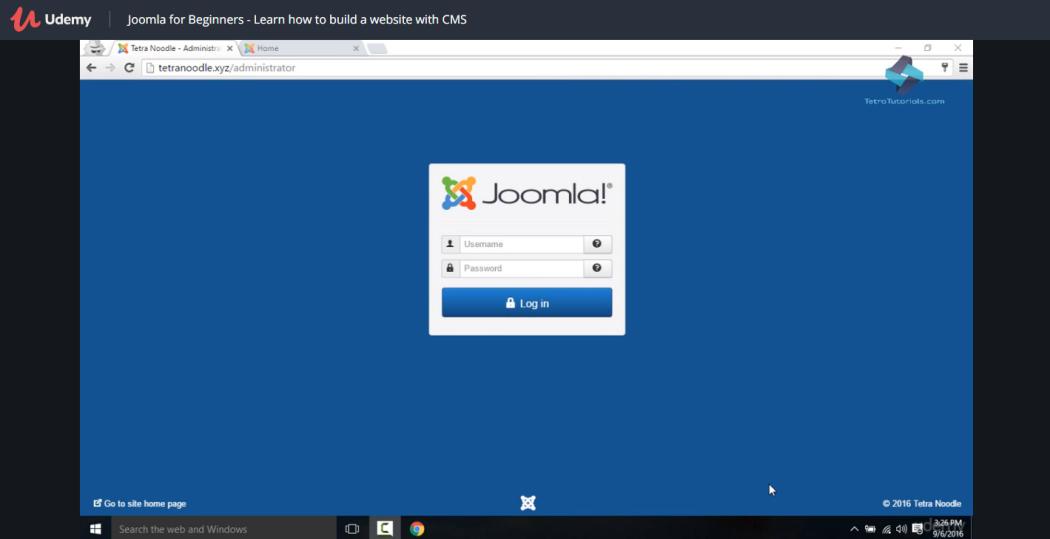
Are you interested in learning how to build websites,but don’t know where to start? Look no further! In this extensive guide,we’ll walk you through the ultimate web development tutorials for beginners,covering everything from the basics of HTML and CSS to more advanced topics like JavaScript and responsive design. Whether you’re a complete newbie or have some experience with web development, this article will provide you with the knowledge and skills you need to get started and take your website-building skills to the next level.
Introduction to Web Development
Before we dive into the nitty-gritty of web development,let’s take a step back and talk about what web development is and why it’s so important. Web development is the process of building and maintaining websites, using a variety of programming languages, tools, and technologies. It’s a complex and multifaceted field that requires a combination of technical skills,creativity,and attention to detail.
As a web developer,you’ll be responsible for designing and building websites that are visually appealing,user-friendly,and functional.You’ll need to have a solid understanding of HTML, CSS, and JavaScript, as well as familiarity with popular web development frameworks and tools like WordPress, Bootstrap, and React.
Benefits of Learning Web Development
So why should you learn web development? Here are just a few benefits:
Improved career prospects: Web development is a highly sought-after skill, and knowing how to build websites can open up a wealth of job opportunities and career advancement possibilities.
Increased earning potential: Web developers are typically well-compensated, with median salaries ranging from $50,000 to over $100,000 per year.
Creative freedom: As a web developer,you’ll have the ability to bring your ideas to life and create websites that are truly unique and reflective of your personality and style.
Constant learning opportunities: The web development field is constantly evolving, with new technologies and tools emerging all the time. This means that you’ll always have opportunities to learn and grow as a developer.
Practical Tips for Learning Web Development
Here are some practical tips to help you get started with learning web development:
Start with the basics: Don’t try to learn everything at once.Start with the basics of HTML, CSS, and JavaScript, and gradually build your way up to more advanced topics.
Practice, practice, practice: The best way to learn web development is by doing. Start building small projects and gradually work your way up to more complex websites.
Join online communities: Joining online communities like Stack overflow and Reddit can be a great way to connect with other developers, get feedback on your work, and learn from others.
Take online courses: There are many excellent online courses and tutorials available that can help you learn web development. Some popular options include Codecademy,FreeCodeCamp,and Udemy.
Web Development Tutorials for Beginners
Here are some step-by-step web development tutorials for beginners:
HTML Tutorial
HTML (Hypertext Markup Language) is the foundation of all websites, and is used to define the structure and content of a webpage. Here are the basics of HTML:
HTML elements: HTML elements are the building blocks of a webpage, and include things like headings, paragraphs, images, and links.
HTML attributes: HTML attributes are used to add additional data to HTML elements,such as styles,classes,and IDs.
HTML structure: HTML structure refers to the institution and hierarchy of HTML elements on a webpage.
| HTML Element | Description |
|---|---|
|
Heading 1 |
|
Paragraph |
|
Image |
CSS Tutorial
CSS (Cascading Style Sheets) is used to control the layout and visual styling of a webpage. Here are the basics of CSS:
CSS selectors: CSS selectors are used to target specific HTML elements and apply styles to them.
CSS properties: CSS properties are used to define the styles that are applied to HTML elements, such as color, font, and background image.
CSS values: CSS values are used to specify the values of CSS properties, such as pixels, percentages, and colors.
| CSS Property | Description |
|---|---|
background-color |
Background color of an element |
font-size |
Font size of an element |
margin |
margin of an element |
JavaScript Tutorial
JavaScript is a programming language that is used to add interactivity and dynamic effects to a webpage. here are the basics of JavaScript:
JavaScript variables: JavaScript variables are used to store and manipulate data in a JavaScript program.
JavaScript functions: JavaScript functions are used to group together related code and perform tasks.
JavaScript events: JavaScript events are used to respond to user interactions, such as clicks and key presses.
| JavaScript Concept | Description |
|---|---|
variables |
Stores and manipulates data |
functions |
Groups together related code |
events |
Responds to user interactions |
First-Hand Experience
As a beginner, it’s essential to get hands-on experience with web development. Here’s a case study of a beginner’s first-hand experience with building a website:
“I started by learning the basics of HTML, CSS, and JavaScript. I then moved on to building small projects, such as a personal website and a simple web request. As I gained more experience, I started to build more complex websites and applications, including a responsive website and a single-page application. Throughout the process, I encountered many challenges and obstacles, but I persevered and learned from my mistakes.Now, I’m confident in my ability to build high-quality websites and applications, and I’m excited to continue learning and growing as a web developer.”
Case Studies
Here are some case studies of successful web development projects:
Responsive Website: A responsive website is a website that adapts to different screen sizes and devices. Here’s an example of a responsive website built using HTML, CSS, and JavaScript:
| Device | Screen Size | Layout |
|---|---|---|
| Desktop | 1024px | Full-width layout |
| Tablet | 768px | Modified layout |



